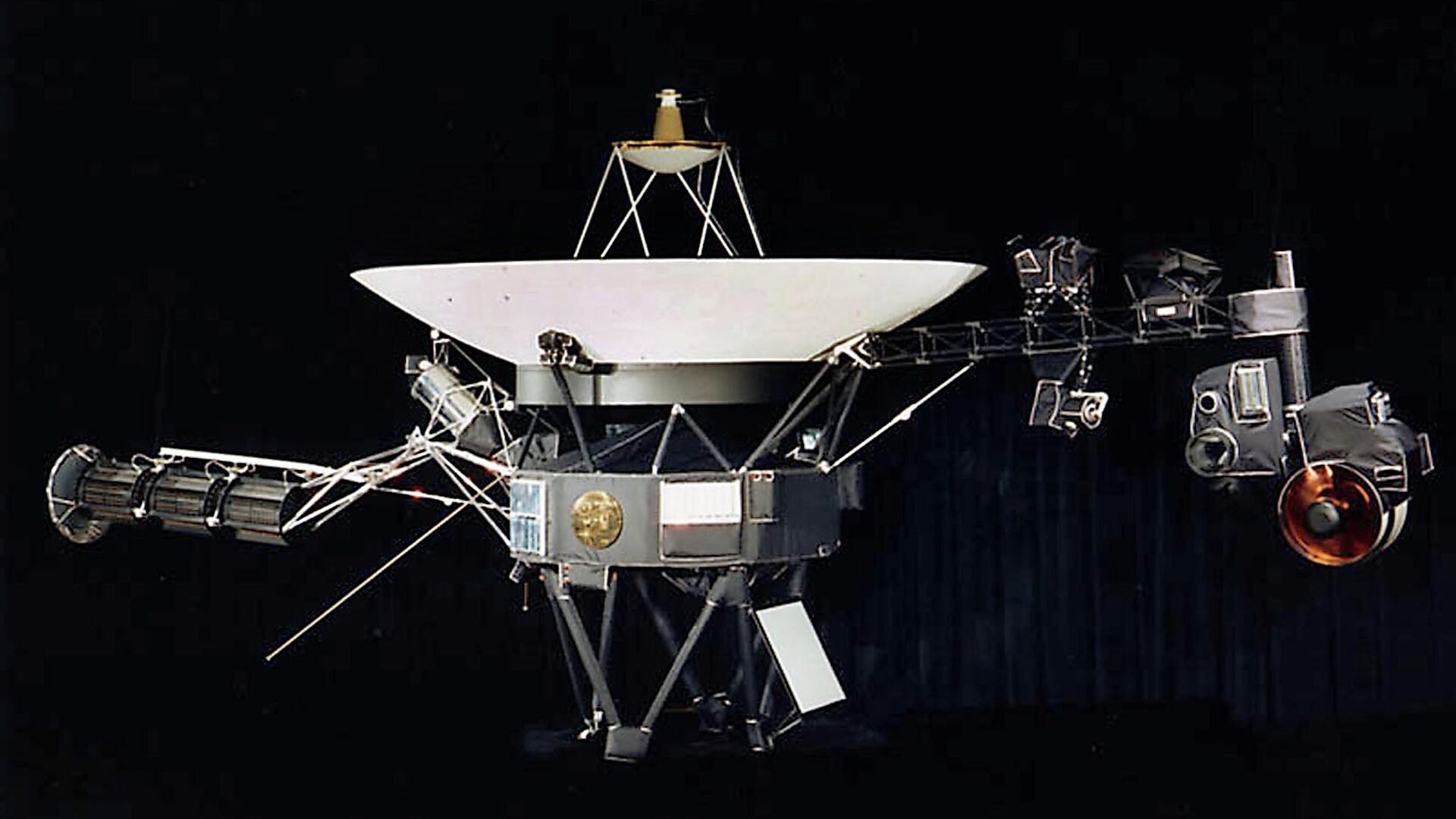NASA Celebrates as Voyager 1 Talks to Earth Again

© AFP 2023 / NASA
Subscribe
Both Voyager 1 and Voyager 2 were launched in 1977 on missions to study the outer solar system, making the probes 46-years-old and the longest operating spacecraft in history. Decades ago, they successfully flew past Jupiter, Saturn, Uranus and Neptune.
NASA recently announced that it was able to once again communicate with the Voyager 1 probe after months of troubleshooting a glitch that had Voyager 1 sending messages back to earth that were indecipherable.
The mission team received the first coherent data about the health and status of Voyager 1’s engineering systems on April 20, months after trying to solve the glitch. The team is still reviewing the information, but have surmised that the probe is back on board.
Voyager 1’s glitch was first detected in November; while there was still a clear connection between Earth and Voyager 1, the messages that the probe was sending back were unreadable. Troubleshooting the probe was challenging, as the spacecraft is traveling in interstellar space more than 15 billion miles away.
“With Voyager 1, it takes 22 1/2 hours to get the signal up and 22 1/2 hours to get the signal back, so we’d get the commands ready, send them up, and then like two days later, you’d get the answer if it had worked or not,” Linda Spilker, the project scientist for the Voyager 1 mission at NASA’s Jet Propulsion Laboratory in Pasadena, California.
Spilker explained that the glitch came from a hardware failure, most likely as a result of age or perhaps it was hit by radiation, and likely ruined a small section (3%) of code in the computer’s memory. As a result, Voyager 1 was unable to send readable messages about its health and science observations.
Sounding a little more like yourself, #Voyager1.
— NASA JPL (@NASAJPL) April 22, 2024
For the first time since November, Voyager 1 is returning useable data about the health and status of its onboard engineering systems. Next step: Enable the spacecraft to begin returning science data again: https://t.co/eZyqo7uERu pic.twitter.com/6YZM33Mp48
The NASA team found that they could not repair the chip, but did find that if they divided the code into smaller parts and stored them in different areas of the computer’s memory, and then reprogrammed the section that needed fixing so the entire system could work cohesively.
“To make this plan work, they also needed to adjust those code sections to ensure, for example, that they all still function as a whole,” NASA’s update said. “Any references to the location of that code in other parts of the (flight data system) memory needed to be updated as well.”
Repairs were difficult because the technology on Voyager 1 dates back to the mid-century. Spilker described the amount of memory as being equivalent to an electric car key.

